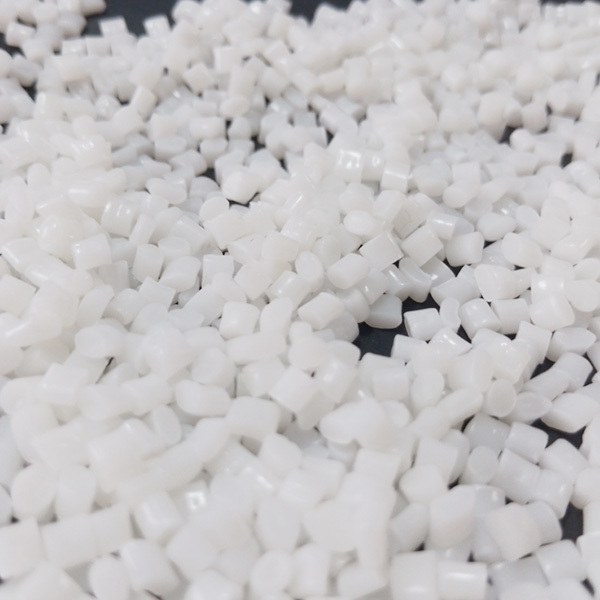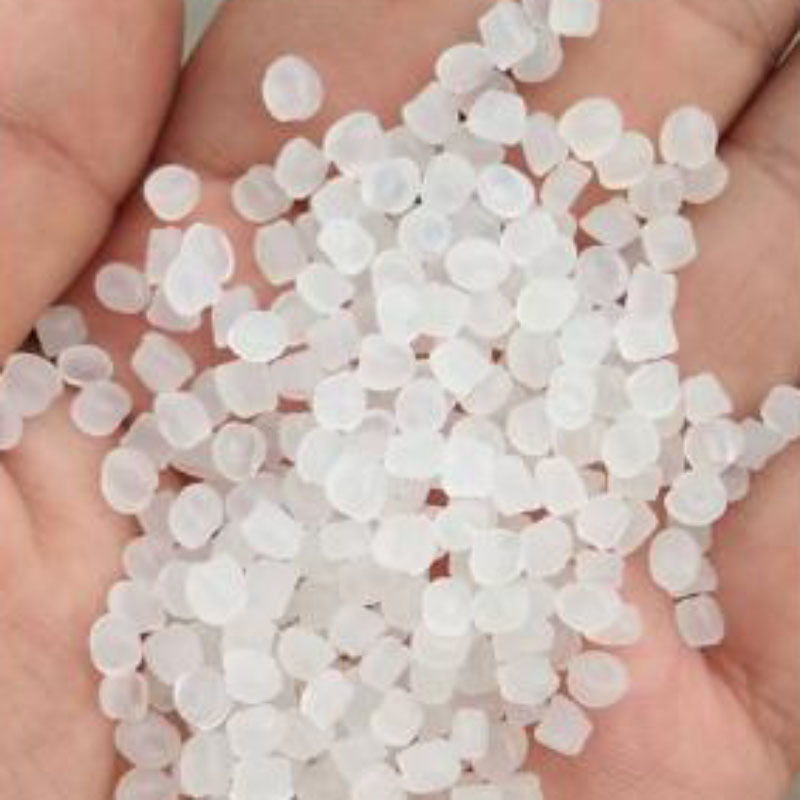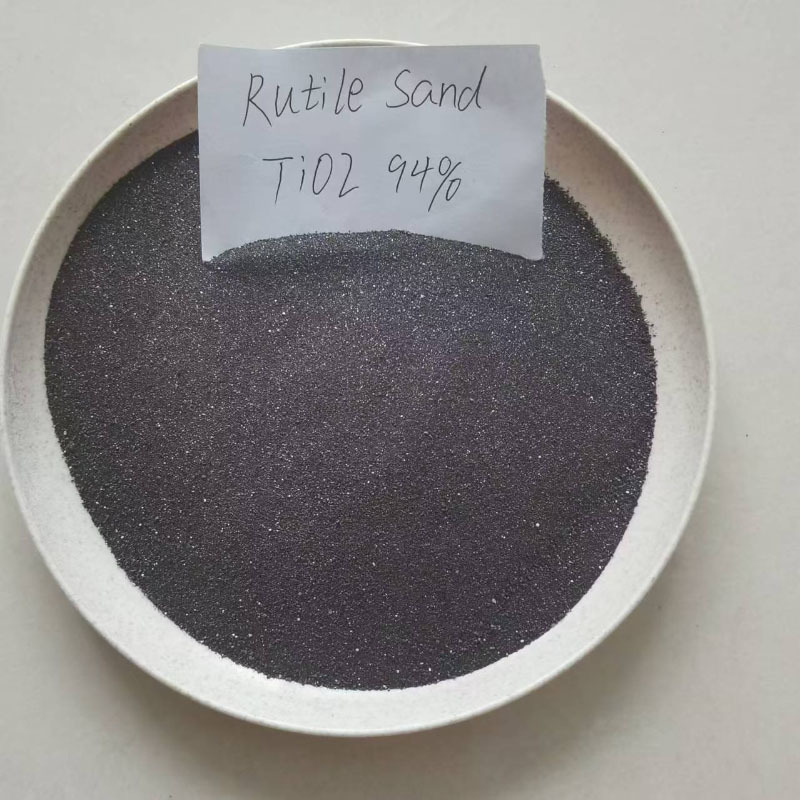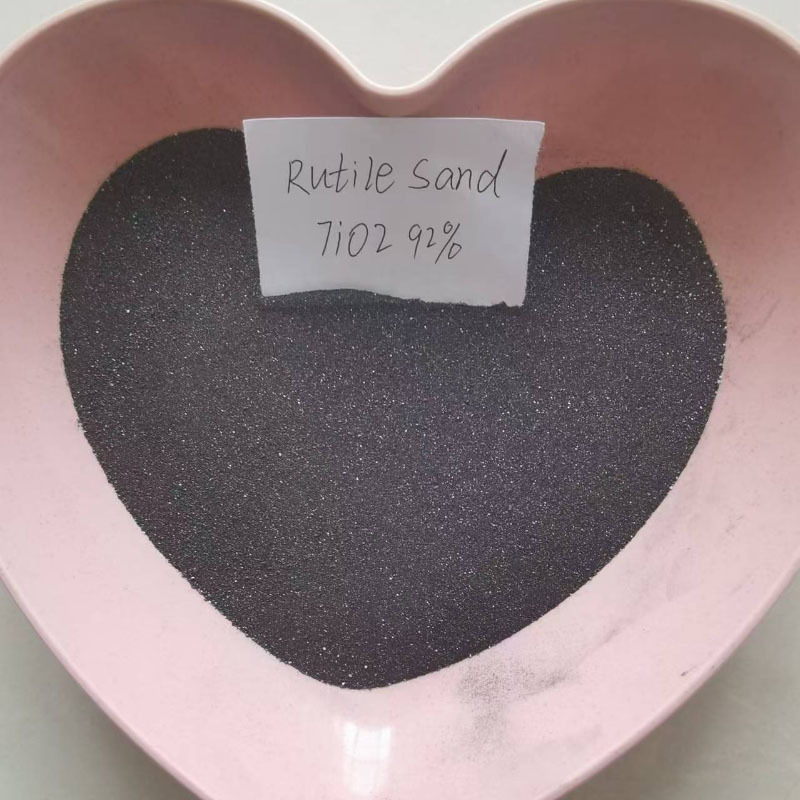The Versatility of Rutile Sand 92% in Modern Chemical Applications
Release Time:
May 30,2025
The Versatility of Rutile Sand 92% in Modern Chemical Applications Table of Contents 1. Introduction to Rutile Sand 92% 2. Chemical Properties of Rutile Sand 92% 3. Production Process of Rutile Sand 92% 4. Applications of Rutile Sand 92% in Paints and Coatings 5. The Role of Rutile Sand 92% in Plastics Production 6. Importance of Rutile Sand 92% in the Ceramics Industry 7. Benefits of Using Rutil
The Versatility of Rutile Sand 92% in Modern Chemical Applications
Table of Contents
- 1. Introduction to Rutile Sand 92%
- 2. Chemical Properties of Rutile Sand 92%
- 3. Production Process of Rutile Sand 92%
- 4. Applications of Rutile Sand 92% in Paints and Coatings
- 5. The Role of Rutile Sand 92% in Plastics Production
- 6. Importance of Rutile Sand 92% in the Ceramics Industry
- 7. Benefits of Using Rutile Sand 92%
- 8. The Sustainability Aspect of Rutile Sand 92%
- 9. Future Trends in Rutile Sand 92% Usage
- 10. Conclusion
- 11. Frequently Asked Questions
1. Introduction to Rutile Sand 92%
Rutile Sand 92% is a mineral that has gained significant attention in the chemical industry due to its exceptional properties. This naturally occurring titanium dioxide (TiO2) is characterized by its high purity and stability, making it an invaluable resource for various applications. Its versatility extends from paints and coatings to plastics and ceramics, showcasing its ability to enhance performance and durability in numerous products. We will delve into the fundamental aspects of Rutile Sand 92%, exploring its chemical properties, production processes, and applications that contribute to its growing importance.
2. Chemical Properties of Rutile Sand 92%
Rutile Sand 92% boasts several distinctive chemical properties that set it apart from other mineral sands. Firstly, it has a high refractive index, which makes it an excellent pigment for opaque applications. The mineral's stability under high temperatures and resistance to acids and alkalis further enhance its utility in aggressive chemical environments. Additionally, Rutile Sand 92% possesses low electrical conductivity and excellent UV resistance, proving advantageous in various applications where longevity and durability are paramount.
2.1 Purity and Composition
The purity level of Rutile Sand 92% is critical in determining its effectiveness across different applications. With a titanium dioxide content of around 92%, it ensures optimal performance while minimizing impurities that could compromise product quality.
3. Production Process of Rutile Sand 92%
The extraction and processing of Rutile Sand 92% involve several steps to ensure its high quality. The raw mineral is typically obtained through open-pit mining, where it is separated from other minerals through mechanical and chemical processes. After extraction, the sand undergoes a series of purification steps, such as gravity separation and magnetic separation, to eliminate unwanted materials and enhance its titanium content.
3.1 Quality Control Measures
Quality control is paramount during production to maintain the high standards required for industrial applications. Rigorous testing is conducted to analyze the mineral's composition, particle size distribution, and physical properties, ensuring that only the highest quality Rutile Sand 92% reaches the market.
4. Applications of Rutile Sand 92% in Paints and Coatings
One of the most significant applications of Rutile Sand 92% is in the production of paints and coatings. The mineral's high refractive index and excellent opacity make it an ideal pigment for achieving vibrant colors and long-lasting finishes.
4.1 Benefits in Paint Formulations
In paint formulations, Rutile Sand 92% enhances color stability and durability, providing resistance to fading and weathering. Its ability to scatter light effectively contributes to superior coverage and a smooth finish, making it a preferred choice among paint manufacturers.
4.2 Environmental Impact
Moreover, the use of Rutile Sand 92% in eco-friendly paints aligns with the growing demand for sustainable solutions in the coatings industry. It serves as a lead-free alternative to traditional pigments, reducing environmental concerns associated with heavy metals.
5. The Role of Rutile Sand 92% in Plastics Production
Rutile Sand 92% plays a crucial role in the plastics industry by enhancing the performance of various plastic products. Its incorporation into plastics provides improved UV stability, which is particularly important for outdoor applications.
5.1 Enhancing Plastic Durability
The mineral's chemical stability allows plastics to withstand harsh environmental conditions, thus extending the lifespan of products such as outdoor furniture, automotive parts, and protective coatings. Additionally, Rutile Sand 92% contributes to the overall aesthetic appeal of plastics by improving color retention and opacity.
6. Importance of Rutile Sand 92% in the Ceramics Industry
In the ceramics industry, Rutile Sand 92% is widely used as a crucial component in the production of high-quality ceramics and tiles. Its unique properties enhance the physical attributes of ceramic materials, providing improved strength and thermal stability.
6.1 Application in Glazes and Bodies
As a pigment in glazes, Rutile Sand 92% offers a range of colors while enhancing the texture and finish of ceramic products. Its inclusion in ceramic bodies ensures better firing properties, resulting in durable and visually appealing end products.
6.2 Aesthetic Appeal
Furthermore, the mineral's aesthetic contributions allow ceramic manufacturers to produce intricate designs and vibrant colors, catering to consumer preferences in home decor and architecture.
7. Benefits of Using Rutile Sand 92%
Utilizing Rutile Sand 92% brings forth several benefits across various industries. Its unique properties contribute to enhanced product performance, longevity, and aesthetic appeal.
7.1 Cost-Effectiveness
Rutile Sand 92% also offers cost-effectiveness due to its high efficiency as a pigment and filler. Manufacturers can achieve superior results with lower quantities of the material, ultimately reducing production costs while maintaining quality.
7.2 Versatility Across Industries
Its versatility allows it to serve multiple industries, including construction, automotive, and consumer goods. This adaptability makes it an essential material for manufacturers looking to innovate and improve their product offerings.
8. The Sustainability Aspect of Rutile Sand 92%
Sustainability is a growing concern in the chemical industry, and Rutile Sand 92% aligns with efforts to minimize environmental impact. Its natural origins and high efficiency mean that less material is needed to achieve desired results, reducing waste and energy consumption.
8.1 Eco-Friendly Production Methods
The production processes for Rutile Sand 92% are continually evolving to incorporate eco-friendly methods. This includes energy-efficient extraction techniques and responsible sourcing practices that respect local ecosystems.
9. Future Trends in Rutile Sand 92% Usage
As industries evolve, the demand for Rutile Sand 92% is expected to grow, driven by innovations in product formulations and applications. Future trends may include enhanced formulations for high-performance applications, advanced recycling methods for sustainability, and increased focus on eco-friendly production practices.
9.1 Technology Integration
Incorporating technology into production and application processes will allow for greater precision and efficiency, ensuring that Rutile Sand 92% remains a leading choice in modern chemical applications.
10. Conclusion
Rutile Sand 92% stands at the forefront of modern chemical applications, showcasing unparalleled versatility across various industries. Its chemical properties, production processes, and applications in paints, plastics, and ceramics highlight its significance in enhancing product performance and sustainability. As we continue to innovate and adapt to changing market demands, Rutile Sand 92% is poised to play a vital role in shaping the future of the chemical industry.
11. Frequently Asked Questions
What is Rutile Sand 92%?
Rutile Sand 92% is a form of titanium dioxide characterized by its high purity and stability, widely used in various chemical applications.
What are the primary applications of Rutile Sand 92%?
Its primary applications include paints and coatings, plastics production, and ceramics manufacturing.
Why is Rutile Sand 92% preferred in the coatings industry?
It is preferred due to its high refractive index, excellent opacity, and ability to enhance color stability and durability in paints.
How does Rutile Sand contribute to sustainability?
Rutile Sand 92% contributes to sustainability by requiring less material for effective results, thereby reducing waste and energy consumption during production.
What future trends can we expect for Rutile Sand 92% usage?
Future trends may include enhanced formulations for high-performance applications, advanced recycling methods, and a greater focus on eco-friendly production practices.
Keywords:
You Can Also Learn More About Industry Trends






